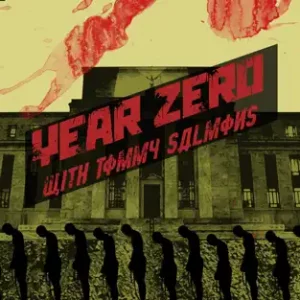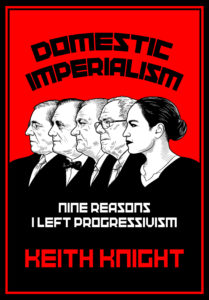The farm bill is up for renewal, and with it almost everything you think of when it comes to big government: billions in corporate welfare, special-interest handouts, protectionist price supports, and massive federal transfers. At least it doesn’t launch any wars.
Currently being marked up in the House, the legislation—which authorizes agricultural spending for the next five years—would cost taxpayers $390 billion from 2019 to 2023. That’s an increase of roughly $3.2 billion, according to the Congressional Budget Office. The bill’s 10-year price tag approaches $900 billion.
The largest share of this spending—almost 80 percent—will go to the Supplemental Nutritional Assistance Program, a.k.a. food stamps. The other 20 percent is split between conservation programs, subsidized crop insurance, and price supports for mostly wealthy farmers.
Though both Congress and the White House are controlled by supposedly fiscally conservative Republicans, the 2018 farm bill makes few cuts to programs, and it piles on additional regulations for the ones already in place.
“Republicans are giving a big signal to their voting base that is worried about big government and deficits not to turn out for the election,” says Chris Edwards, a tax policy expert at the Cato Institute. “I have read no good reason why we subsidize farmers at all.”
Read the rest at Reason.com.
The Folly of Establishing a U.S. Military Base in Damascus
Recent reports indicate the United States is preparing to establish a military presence at an airbase in Damascus, allegedly to facilitate a security agreement between Syria and Israel. This development represents yet another misguided expansion of American military...





























